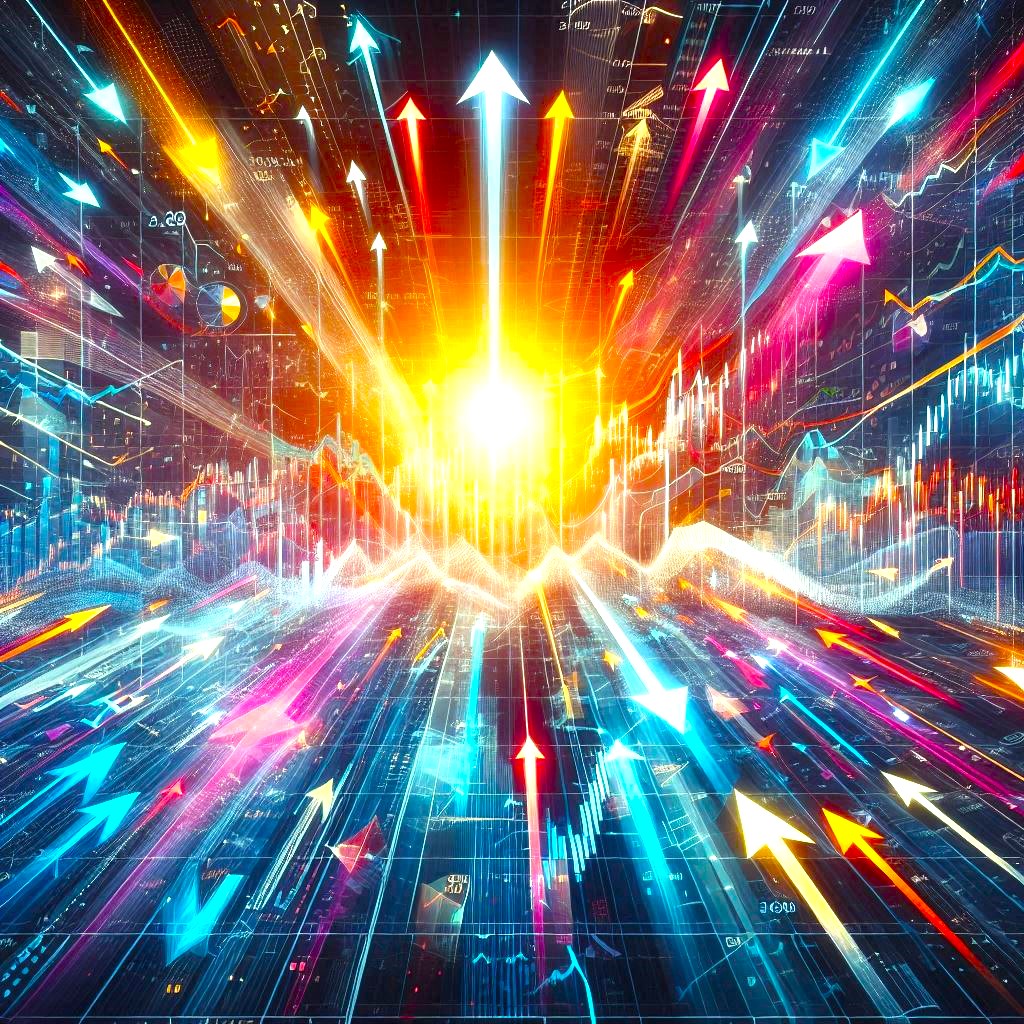Powering artificial intelligence (AI) models takes a substantial toll on our planet’s energy resources.
Delving deeper into AI, it becomes crucial to comprehend the environmental impact of this technological revolution.
Current trends
A new peer-reviewed study featured in ‘Joule‘ highlights the significant energy requirements of AI. The research, carried out by Alex de Vries, a data scientist at the Dutch central bank, provides a quantification of the energy usage linked to the trends in AI capacity and adoption.
The energy appetite of AI
The AI industry is experiencing rapid growth as major technology companies incorporate AI-driven services into their platforms. These applications require significantly more power than traditional ones, resulting in online interactions that are more energy-intensive.
Projected impact
Continuing on the present course, NVIDIA could be dispatching 1.5 million AI server units each year by 2027. If these servers were to run at maximum capacity, they would consume a minimum of 85.4 terawatt-hours of electricity annually. For comparison, this amount of energy surpasses the yearly consumption of numerous small nations.
Comparisons
By 2027, it is projected that global AI-related electricity consumption may rise by 85 to 134 terawatt-hours (TWh) annually. This estimate is on par with the yearly electricity requirements of nations such as the Netherlands, Argentina, and Sweden.
Why sustainability matters
While AI heralds significant breakthroughs, its sustainability is a crucial risk factor to consider. Picture Google’s search engine evolving into a ChatGPT-style chatbot, managing nine billion interactions daily. This would cause energy demands to soar, matching the consumption of a nation like Ireland. Although this scenario isn’t immediately likely due to logistical limitations, it highlights the resource-intensive nature of generative AI applications.
As we explore the AI domain, sustainability should not be neglected. Discussing AI’s risks, such as errors and biases, should also include its environmental impact. Innovation must be balanced with responsible energy use for a sustainable future.
Conclusion
In essence, AI’s demand for power is substantial, and the challenge is to leverage its capabilities while reducing its environmental impact. We must proceed with caution to ensure our technological advances do not compromise the health of our planet.


